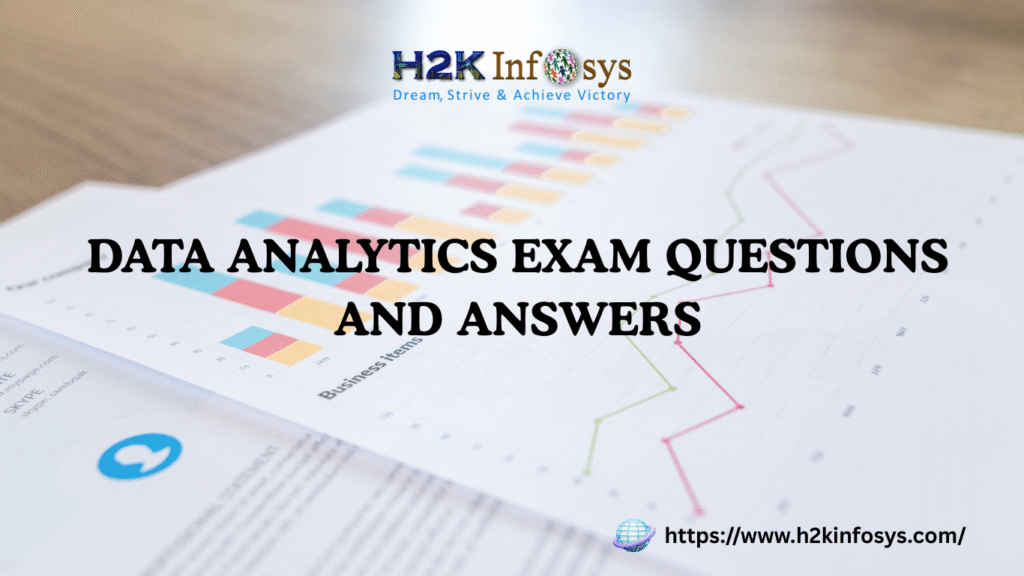Data generation by every organization has increased significantly in the last few years. This development is creating businesses to look closely into the data and generate useful insights. The process of data science becomes smooth only if you have the right programing language to perform all types of data-related things. Hence, people end up shortlisting R and Python when it comes to the suitable programming language for data science. This is one of the reasons many people are looking to complete python certification courses and get a competitive advantage over others. In fact, it is tricky to choose the optimum language between these two. Hence let us look at these two languages closely from a data science angle in this post.
Data Science Process
In the following section, let us look at each programming language from the data science perspective.
Data Collection
R
Using R, you can import data from CSV, Excel, and text files. Also, you can convert the files created in Minitab or SPSS format into an R data format. Of course, R is not versatile as Python in gathering information from the web, but it can collect the data from the most common sources. To overcome the data collection problem in R, many modern packages are introduced. Rvest help to do some basic web scraping tasks, and magrittr performs the data cleaning and parsing job effectively.
Python
Python is super effective for the data gathering process. It supports all types of data formats. You can get CSV documents or JSON sourced web data and also import SQL tables to your code. It also allows you to create datasets. With a small code, the request library enables you to gather data from various websites. In Python, you can get data from Wikipedia and other places, and if you organize all your data, you can easily analyze it.
Data Exploration
R
R is created to perform numerical and statistical analysis on larger datasets. Hence it is not at all a surprise to get various options for data exploration. It enables you to create probability distributions, applying various statistical tests to data, and use standard data mining and machine learning techniques. R’s basic features allow you to do statistical processing, optimization, basic analysis, random number generation, machine learning, signal processing, and optimization. If you need to work on heavy data, you need to rely on other third-party libraries.
Python
To get the most insight from your data sets using Python, you need to use Pandas. It can handle and process huge data without causing any lag. It enables you to sort, filter, and display data in a few seconds. Pandas are effectively organized into data frames, and these can be defined & redefined several times in your projects. There are multiple options available to explore data, so python certification online courses are becoming popular.
Data Modelling
R
To conduct some specific data modeling analysis, one must rely on outside of R’s libraries and functionalities. There are numerous packages available for specific analysis.
Python
Python has a bunch of data modeling libraries to carry out every action. You can perform numerical modeling using NumPy, scientific calculations, and computing with SciPy.
Data Visualization
R
R is a powerful language to perform statistical analysis and get the results. Its powerful environment is supported by many visualization packages. The base graphics module enables you to create all the basic plots and charts you like from the data. After that, you can convert and save them in image format or save them as pdf files.
Python
In Python, you can create awesome-looking data visualizations with the help of IPython and Anaconda. To create basic graphs and charts, the Matplotlib library helps the users. If you need advanced graphs, you can use Plot.ly. Using the nbconvert function, a user can create Python notebooks to HTML files. You can also find numerous libraries that are built to improve the performance of data visualization. That is why many learn python online courses are in demand.
Both the programming languages have their own advantages and limitations but considering all the major things of data analysis; Python looks like a better choice.

























